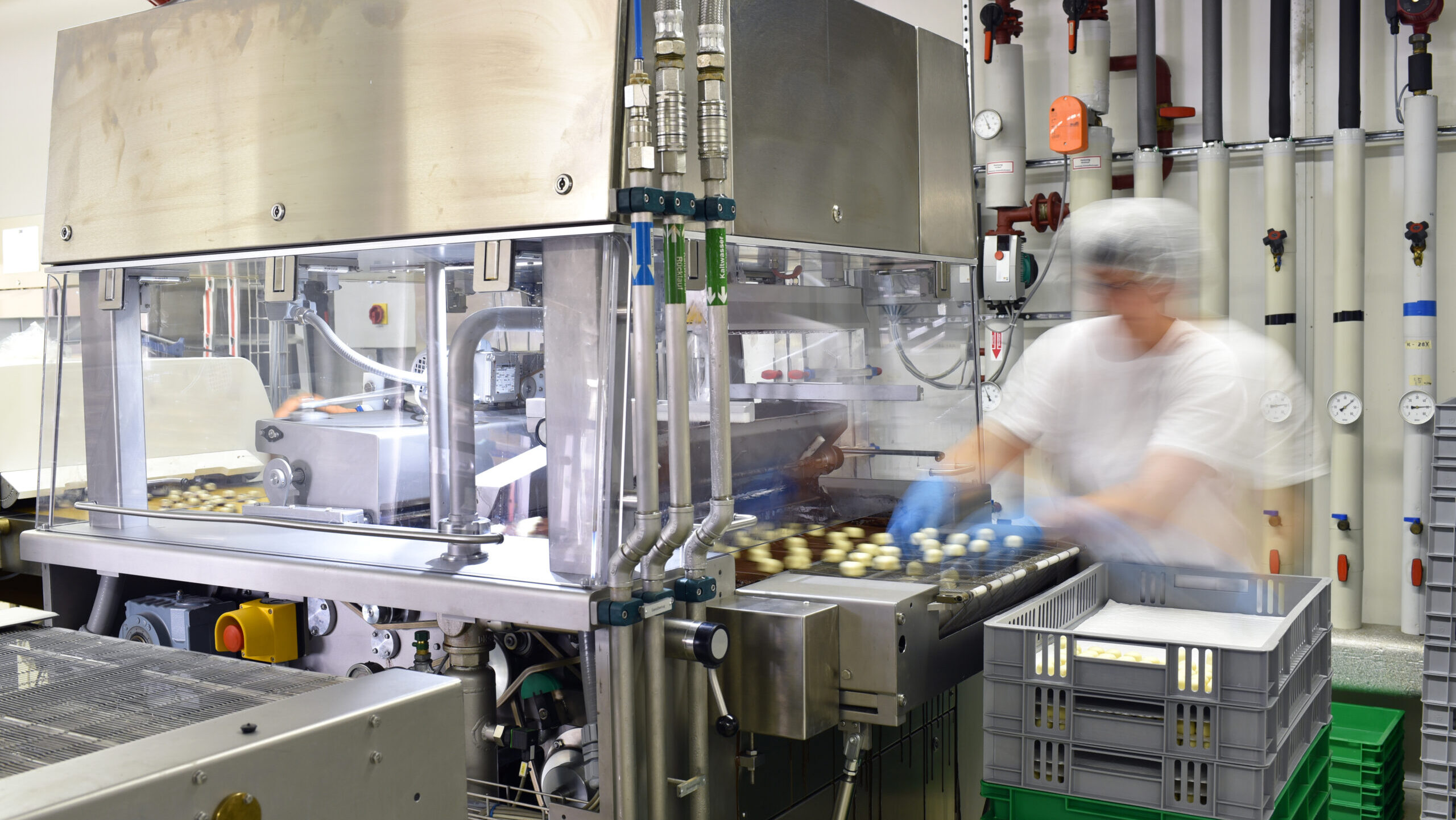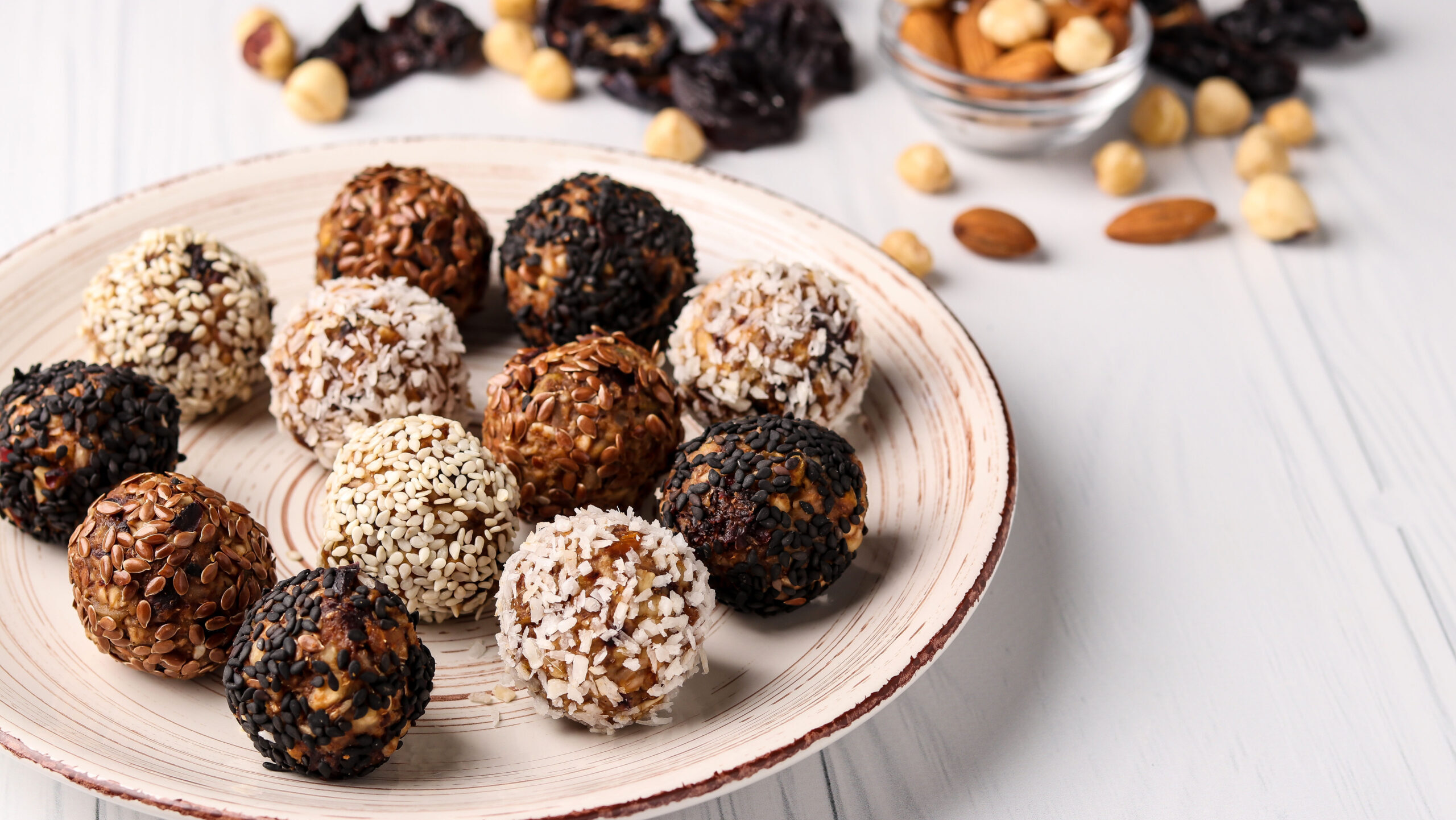I can’t say I envisioned this back when I started in franchise development years ago, but we have invested in restaurant robotic and automation concepts. It might sound wild initially, but you have to look at it from a labor perspective.
Automation often makes sense from a financial lens. Chipotle has invested in Hyphen robotics that will reduce service times, increase consistency and eliminate labor from the restaurants and make customers’ bowl items. When you visit a Chipotle, most of their locations have two lines, like most QSRs – one for their dine-in customers and one for the drive-thru. But Chipotle now is using robotic lines that actually make bowls for the online orders.
That’s Chipotle’s way of getting 100% consistency and knocking out a bunch of labor costs, because menu items like bowls can be automated.
In recent years, a restaurant chain in Boston called Spyce Kitchen had a robot make Asian bowls, with a tumbler that tumbled ingredients into a bowl before it was automatically cleaned. That’s the definition of efficiency.
Spyce was eventually purchased by Sweetgreen in 2021, expressly for its automation and robotics.
My company is a partner with the Rise Biscuits & Chicken chain. Historically, Rise had six employees every shift – a cashier, the people making food, and an expo person delivering to customers. Rise eventually got rid of the cashier for kiosks and an app. Rise also uses a heated locker. So, just by automating those two things, Rise got rid of 33% of its labor.
The ironic thing is Rise gets voted as having some of the quickest – and best – service, with locations that garner plenty of 4-star yelp ratings or better. And it’s actually less service from humans. But if you’re not going to be able to staff up with cashiers that can do suggestive selling the way that an app can … well, then you have to ask yourself if that’s worth the labor cost.
You hear stories about people who order at a kiosk or on an app and it results in 17 percent higher sales. In that situation, the restaurant has gotten more sales even despite eliminating a position. Rise’s sales rose 20% when they began using kiosks. If you think about it, most cashiers aren’t great a suggestive selling, aren’t incentivized to grow the check average, and just want to get on to the next customer. Kiosks always ask if customers want more – and, if you ask, you typically get. Kiosks are a no-brainer to drive sales.
And, instead of having a worker who’s basically dead weight when there’s no orders, with a locker setup restaurants have an employee making the food and simply sticking it in the locker while the customer gets a notification on their phone.
When considering investing in automation, you just want to make sure that you’re not spending $10 to make $1.
You want to spend $1 and make $10. And that’s the trick with any technology; you need to make sure, before you invest in it, that it creates efficiencies and legitimately saves you money.
But, when you do the math these days as a restaurant operator, there are certainly scenarios where turning to automation makes the most sense.
Editor’s note: Dan Rowe is the CEO of Fransmart, a leader in franchise development. Under Rowe’s leadership, Fransmart developed an extensive portfolio of franchise brands, including Five Guys Burgers & Fries, QDOBA Mexican Grill, and The Halal Guys.
Rowe is Co-Managing Partner at The Kitchen Fund and FranInvest, which have invested in Sweetgreen, Cava, and Inday to name just a few. He’s an active board member of YPO and the National Restaurant Association.
The Food Institute Podcast
Corn stocks, poultry flocks, and highly-pathogenic avian influenza – what does the U.S. agricultural system look like amid inflation and other headwinds? Wells Fargo Chief Agricultural Economist Dr. Michael Swanson discussed specialty crops, grain plantings, and what to expect in the growing year to come.












